During DNA replication, both strands of the double helix act as templates for the formation of new DNA molecules Copying occurs at a localized region called the replication fork, which is a Y shaped structure where new DNA strands are synthesised by a multienzyme complex Here the DNA to be copied enters the complex from the left · In this method of replication, the two strands of mother DNA break at several points resulting in several pieces of DNA Each piece replicates and pieces are reunited randomly Thus, two copies of DNA molecules are formed from single copy The new DNA molecules are hybrid which have old and new DNA in patchesWelcome to the eukaryotic DNA replication website Our aim is • To provide an up to date knowledge base for the eukaryotic DNA replication community • To provide a discussion forum for replication related topics and newly published papers on the blog boards We welcome feedback on this site let us know if you think we have missed

Basics Of Dna Replication Biology For Majors I
Model of dna replication labeled
Model of dna replication labeled- · DNA Replication Types of DNA replication Semiconservative model of DNA replication Prokaryotic DNA replication Eukaryotic DNA replication Inhibitors of DNA replication (Analogues, Intercalation, Polymerase Inhibitors) DNA damage Types and agents of mutations Spontaneous, Radiation, Chemicals Repair mechanisms Base Excision, Nucleotide Excision, Mismatch Repair DNArecombinationEach strand then serves as a template for a new DNA strand, which means that each newly synthesized double helix is a combination of one old (original) and one new DNA strand
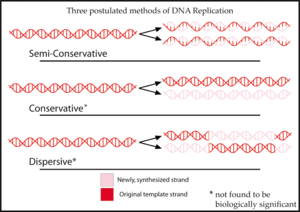



Semiconservative Replication Wikipedia
DNA replication The double helix is un'zipped' and unwound, then each separated strand (turquoise) acts as a template for replicating a new partner strand (green) Nucleotides (bases) are matched to synthesize the new partner strands into two new double helicesAns DNA replication is the process that takes place in prokaryotes and eukaryotes which results in the formation of two identical copies from one original DNA It is a semiconservative process ie each of the new DNA copies contains one strand from the original DNA and one new strand 2 Explain the mechanism of DNA replicationDNA polymerase copies the leading strand to produce a complementary strand
· DNA Replication Definition For the growth of an individual, cell division is a necessary part When the act of cell division occurs, the DNA must be replicated During cell division, the DNA successfully copied in the daughter cells Many enzymes take place for this act The DNA has to be inherited and copied in two daughter cells · The 'trombone model' as proposed in ref 3 provides an elegant model for coupling many rounds of Okazaki fragment synthesis on the lagging strand of the replication · Key Points There were three models suggested for DNA replication conservative, semiconservative, and dispersive The conservative method of replication suggests that parental DNA remains together and newlyformed daughter strands are The semiconservative method of replication suggests that the
In this article, we're going to discuss how DNA replicates Well, at present we know how DNA replicates, but when Watson and Crick gave the three dimensional model of DNA in 1953, scientists didn't know how DNA would duplicate Scientists gave different models for DNA replication In the following section, we will discuss the three Semiconservative Model of DNA Replication Read · According to molecular biology, DNA replication is a biological process of producing two identical DNA molecules from one original DNA molecule DNA replication occurs in all living organisms which helps cell to divide It is the basis of biological inheritance Circular DNA replicates by Rolling Circle MechanismDNA Replication using the Watson and Crick DNA Model Before jumping into the Watson and Crick DNA Model, we'll need to know the chemical composition of DNA as well as some terms used in the context of Watson and Crick Model which have been described in brief below The DNA molecule is composed of the following chemical components A 5carbon
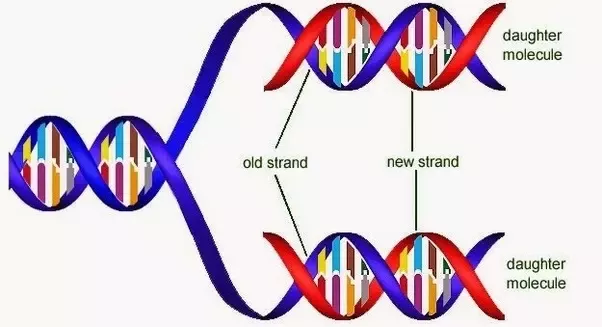



What Is The Semi Conservative Model In Dna Replication And Why Is It Important Quora




Dna Replication Steps Diagram Expii
DNA replication begins at specific sites called origins of replicationA eukaryotic chromosome may have hundreds or even a few thousand replication origins Proteins that start DNA replication attach to the DNA and separate the two strands, creating a replication bubbleAt each end of the replication bubble is a Yshaped region where the parental strands of DNA are being unwound · Process of DNA replication (Theta model) – Initiation of replication occurs at a specific region called origin of replication where the dsDNA denatures to form ssDNA and within which replication commences; · DNA replication starts with the separation of the two DNA strands by the enzyme helicase The two strands are referred to as the 3' and 5' strands based on the direction by which the component nucleotides are joined The 3' DNA strand is also known as the leading strand;



How Dna Replicates Genetics How Dna Replicates



Models Of Dna Replication Meselson And Stahl Expt
5' end is displaced Displaced DNA is a lagging strand and is made double stranded via a series of Okazaki fragments Replication of both "unnicked" and displaced ssDNA · The semiconservative mode of DNA replication was postulated by Watson and Crick along with their doublehelix model of DNA The DNA molecule that undergoes replication may be termed as parent molecule' or 'template molecule', while the two molecules produced by replication may be called progeny molecules' or 'daughter molecules'The locally denatured segment of DNA is called the replication bubble and the 2 strands in this region using which new complimentary strands are synthesized are called




Replication Genetics Britannica




Molecular Events Of Dna Replication Learn Science At Scitable
· The replicon model More than five decades ago, Jacob, Brenner, and Cuzin proposed the replicon hypothesis to explain the regulation of chromosomal DNA synthesis in E coli The model postulates that a diffusible, transacting factor, a socalled initiator, interacts with a cisacting DNA element, the replicator, to promote replication onset at a nearby origin (Fig 1A, i) · Making DNA models can be informative, fun, and in this case tasty Here you will learn how to construct a DNA model using candy But first, what is DNA?DNA, like RNA, is a type of macromolecule known as a nucleic acid that contains the genetic information for the reproduction of life DNA is coiled into chromosomes and tightly packed in the nucleus of our cells · The model proposed that all the DNA replicated from a particular origin as a replicon In prokaryotes since there is only one origin of replication at the single chromosome, the entire chromosome is a single replicon In contrast the presence of multiple origins of replication divides each eukaryotic chromosomes into multiple replicons



9 2 Dna Replication Concepts Of Biology 1st Canadian Edition



American Board
· Theta Model of Replication A common type of replication that takes place in circular DNA, such as that found in E coli and other bacteria, is called theta replication because it generates a structure that resembles the Greek letter theta (θ)Proposed models of DNA replication 1 Semiconservative replication According to this scheme integrity of each strand is preserved but the hydrogen bonds 2 Conservative replication It is an alternative method of replication According to this model original double helix 3 DispersiveB) RNA primers must be laid down during DNA replication for synthesis of new DNA that starts at the 3'‑OH of the primer ends C) DNA polymerases can add new nucleotides to either free 3'‑ or‑5'‑end D) The very end of the chromosome always loses some nucleotides each time DNA




Demo Dna Nucleotides C



American Board
· DNA Replication Steps/Stages Initiation This is the stage where DNA replication is initiated DNA synthesis is initiated within the template strand at a specific coding region site known as origins;The models for replication were known as the conservative model, the semiconservative model, and the dispersive model 1 Conservative The conservative model of replication postulated that each whole doublestranded molecule could act as a template for the synthesis of a completely new doublestranded moleculeFor the daughter DNA molecules Their model of DNA replication is the semiconservative model, where each daughter DNA molecule contains one intact strand of the parental DNA molecule and one intact, newly synthesized molecule of DNA Watson and Crick did not have any experimental evidence to support the




Semiconservative Replication Wikipedia




Model For Dna Replication In Human Cells Replication Protein A Rpa Download Scientific Diagram
DNA Replication –Instructions Your two halves will now separate DNA Replication –Instructions Glue the two halves down onto opposite sides of a piece of paper DNA Replication –Instructions To simulate the action of DNA Polymerase, you will begin to attach new nucleotides to the original strands of DNASteps of DNA Replication The next we have to do is to shed light into the mystery of the steps of DNA Replicationof the Eykaryotes 1)The first major step for the DNA Replication to take place is the breaking of hydrogen bonds between bases of the two antiparallel strands The unwounding of the two strands is the starting pointA Conservative Replication The Conservative Model describes the original DNA molecule synthesizing into two molecules directly This means that after one round of replication the new DNA strand will contain two new strains while the parent molecule 'conserves' its DNA




Three Alternative Models Of Dna Replication Gen Bio 2




Dna Replication Microbiology
Modes of DNA Replication SemiConservative, Conservative, & Dispersive models of DNA replication In the semiconservative model, the two parental strands separate and each makes a copy of itself After one round of replication, the two daughter molecules each comprises one old and one new strandFaithful replication of the genetic material (DNA) is the foundation of all life on earth The famous 1958 experiment by Matthew Meselson and Frank Stahl established that DNA replicates through a semiconservative mechanism, as predicted by Watson and Crick, in which each strand of the double helix acts as a template for the synthesis of a new strandAs a summary, a typical DNA rolling circle replication has five steps Circular dsDNA will be "nicked" The 3' end is elongated using "unnicked" DNA as leading strand (template);




Replication Genetics Britannica
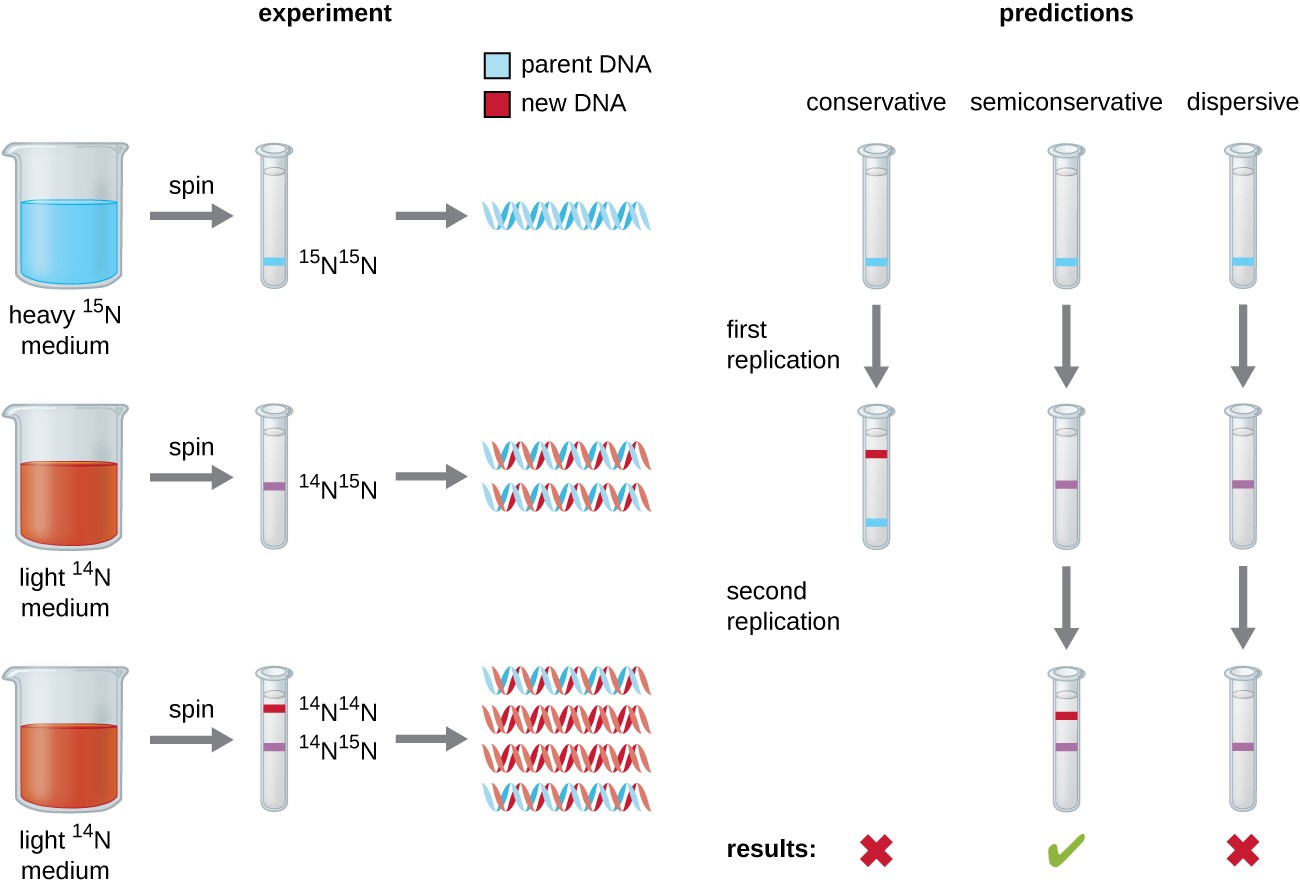



Dna Replication Microbiology
A twostage model for the segregation of the replication products has been proposed (8, 9), with DNA gyrase reducing the linking number during elongation of DNA synthesis (stage I) and Topo IV resolving the supercoiled catenates which are the products of replication (stage II)This model for replication suggests that the two strands of the double helix separate during replication, and each strand serves as a template from which the new complementary strand is copied (Figure 2) Figure 2 The semiconservative model of DNA replication is shown Gray indicates the original DNA strands, and blue indicates newly · TranscriptThis is a model of DNA, a double strand of DNA, and when it's replicated, it is replicated semiconservatively So that means that these two stran




Trombone Model Of Dna Replication In Hindi Youtube
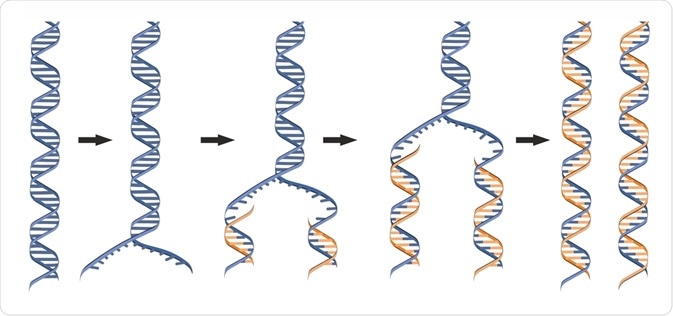



Dna Polymerase Function
DNA Replication Before genes can be passed from parent cells to their progeny, a copy of the genome has to be made in a process called replication For circular chromosomes, like those in bacteria and archaea, replication begins at the origin of replication and proceeds in two directions away from that point, simultaneouslyDNA Replication DNA Replication Watch later Share Copy link Info Shopping Tap to unmute If playback doesn't begin shortly, try restarting your deviceThis model for DNA replication is termed semiconservativeUnder this model each copy of a DNA strand would contain one of the original chains and one new copy The alternative conservative model would predict that the original template would reassociate and the copy would be entirely composed of copied strands (Figure 1A) In



Solved Which Number Represents The Model Of Dna Replication That Occurs In Human Cells Course Hero




Dna Replication Diagram Trombone Model Aymanz 13 Flickr
· Modern understandings of DNA have evolved from the discovery of nucleic acids to the development of the doublehelix model In the 1860s, Friedrich Miescher (Figure 142), a physician by profession, was the first person to isolate phosphate rich chemicals from white blood cells or leukocytesHe named these chemicals (which would eventually be known as RNA and DNAAccording to the semiconservative replication model, the two original DNA strands (ie, the two complementary halves of the double helix) separate during replication; · DNA replication is the production of identical DNA helices from a single doublestranded DNA molecule Each molecule consists of a strand from the original molecule and a newly formed strand Prior to replication, the DNA uncoils and strands separate A replication fork is formed which serves as a template for replication




Replication Genetics Britannica
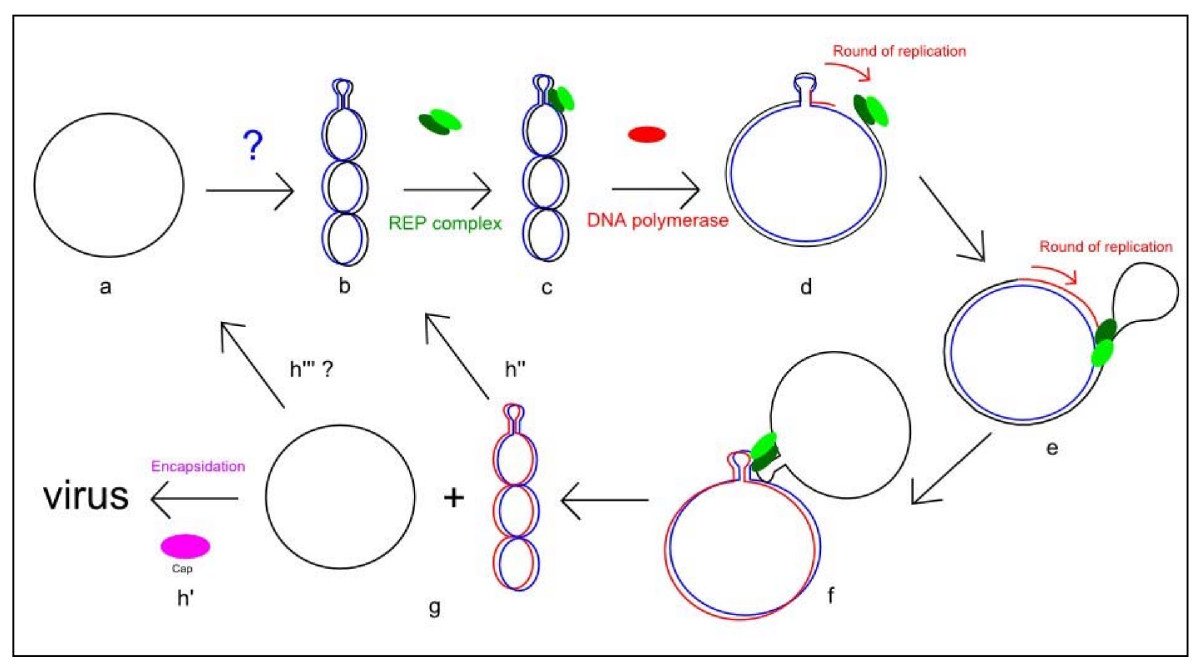



Models Of Replication Assignment Help Homework Help Online Biology Tutoring Help
· Formation of the ReplicationFork The polymerase III holoenzyme binds to template DNA as part of a multiprotein complex DNA polymerases only synthesize DNA in the 5 to 3 direction, Because the DNA strands are antiparallel , the polymerase functions asymmetrically On the leading (forward) strand, the DNA is synthesized continuously On the lagging (retrograde)3D Model Demonstrating the bidirectional nature of DNA Replication and illustrating structures such as Leading and Lagging Strands DNA Polymerase RNA Primers Primase DNA Ligase Helicase Topoisomerase Single Strand Binding Proteins Nucleotide Bonding Phosphate Backbone Helixical Strucutre of DNA DNA Replication Model Download Free 3D model by BentonBaileyReplication fork model The most extensively utilized mechanism of DNA replication involves formation of replication forks, moving in one direction in unidirectional replication and in both directions in bidirectional replication This method can apply to both linear as well as circular DNA
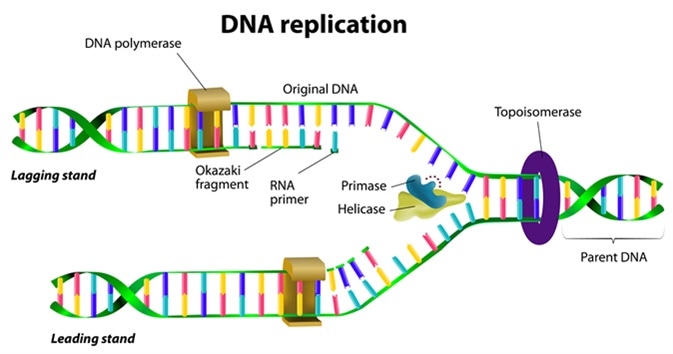



Replication De L Adn Et Reglage




Semi Conservative Bioninja
DNA replication begins at specific regions of DNA referred to as 'Origins of Replication' or ori sites Multiple ori sites are needed due to the larger size of DNA in eukaryotes and the slower speed of DNA replication of eukaryotic DNA polymerases DNA is replicatedThe origin sites are targeted by the initiator proteins, which recruit additional proteins that help in the replication process to form a replication complex around the DNA origin
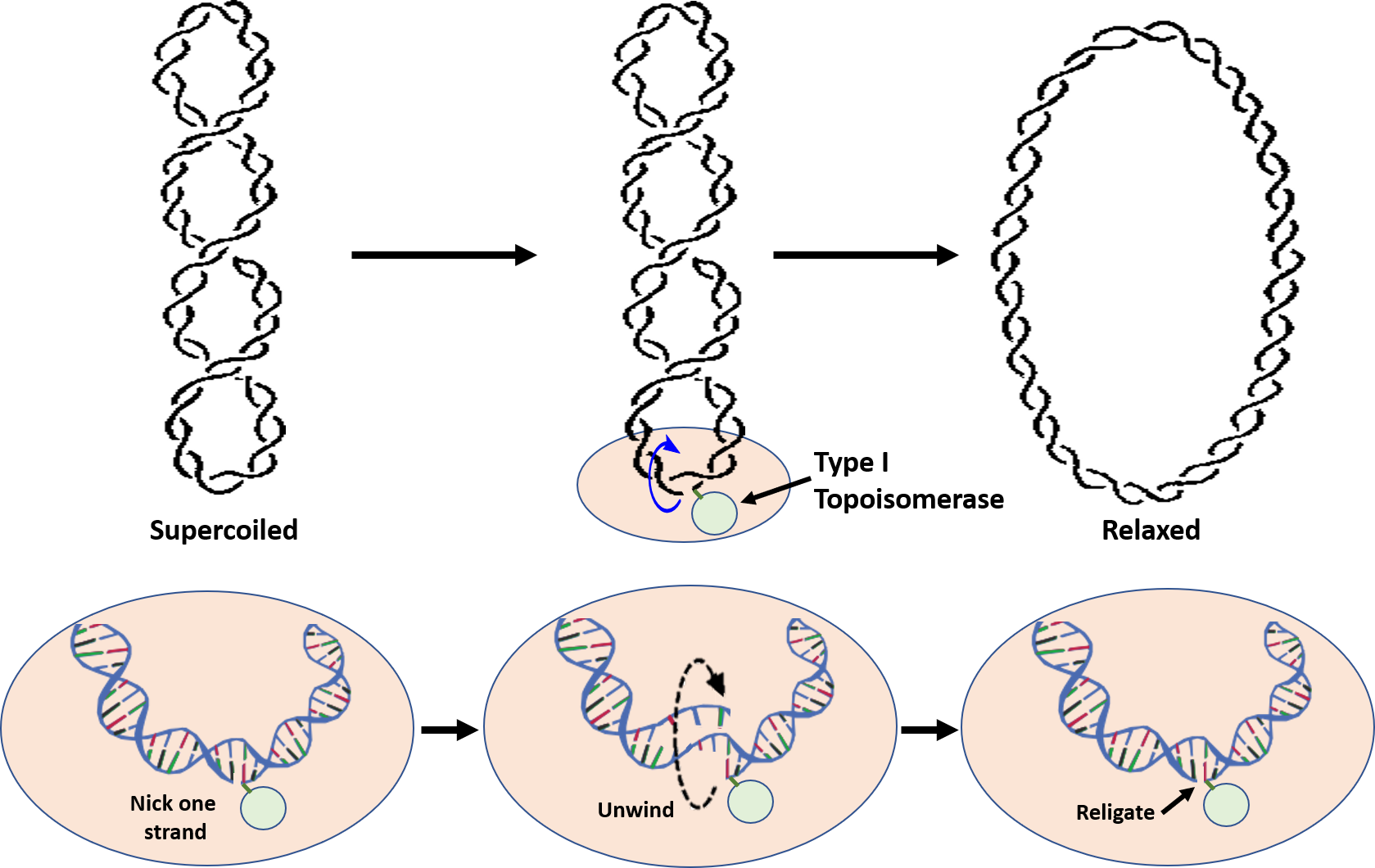



Chapter 9 Dna Replication Chemistry
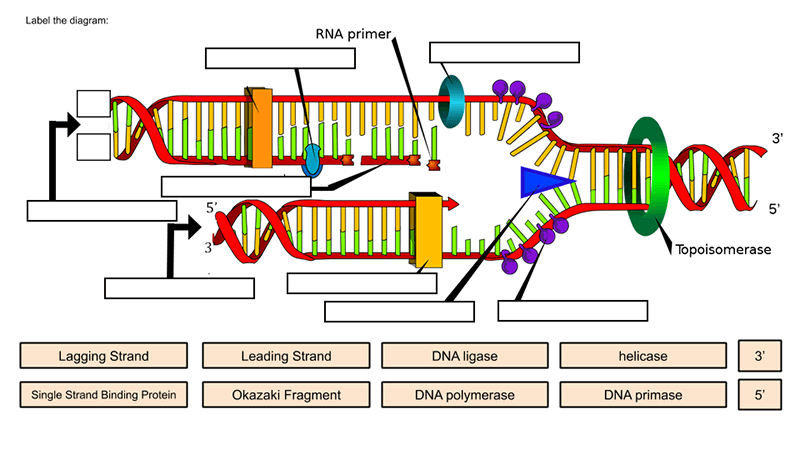



Dna Drag And Drop
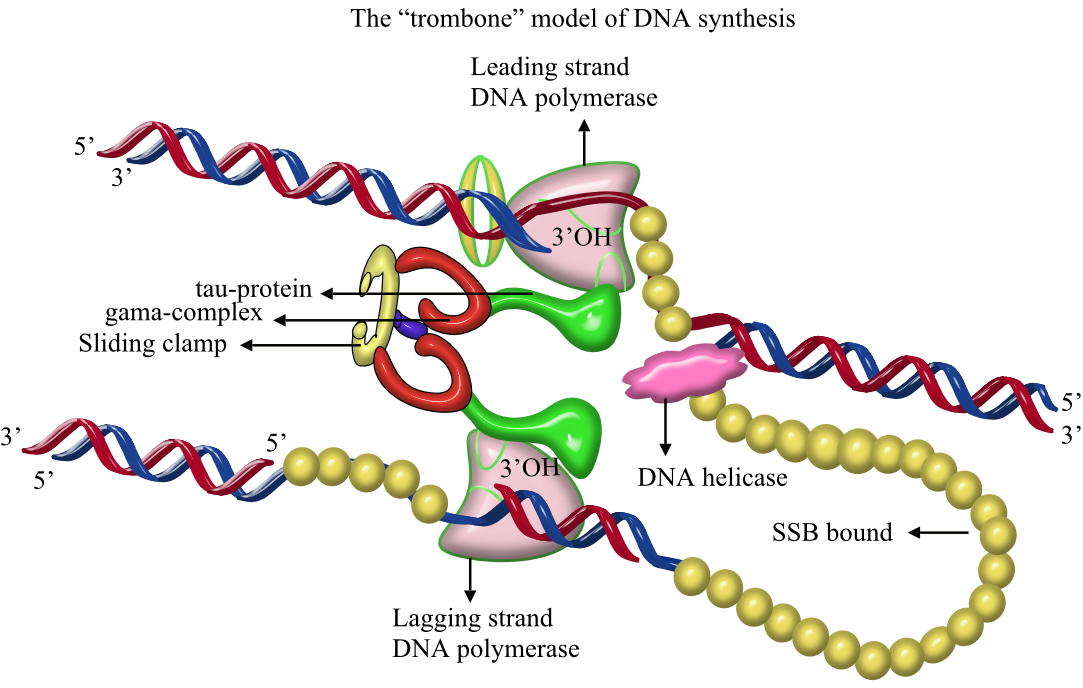



Trombone Model Of Dna Replication
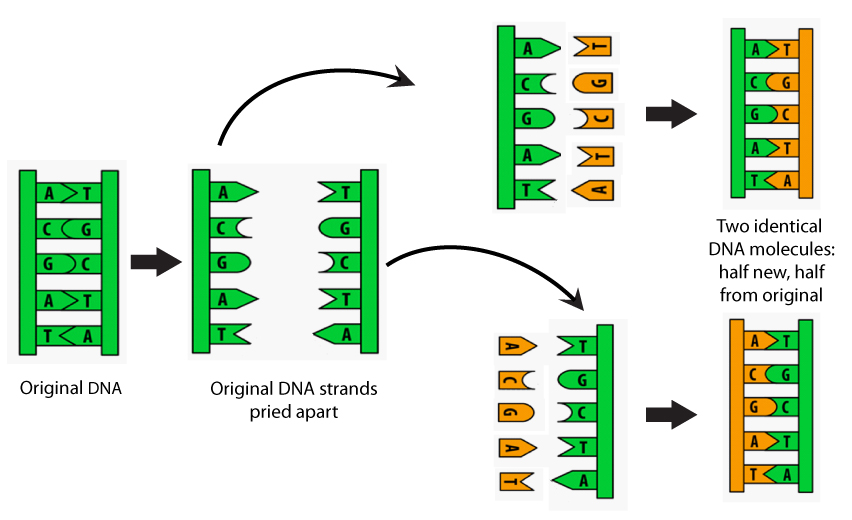



Dna Iii Biology Visionlearning
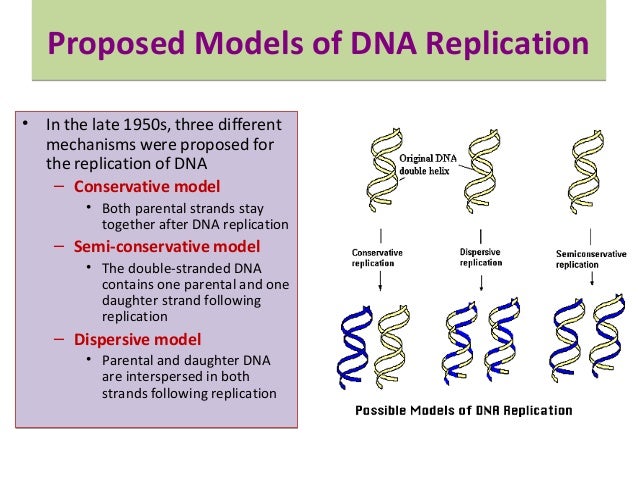



Dna Replication
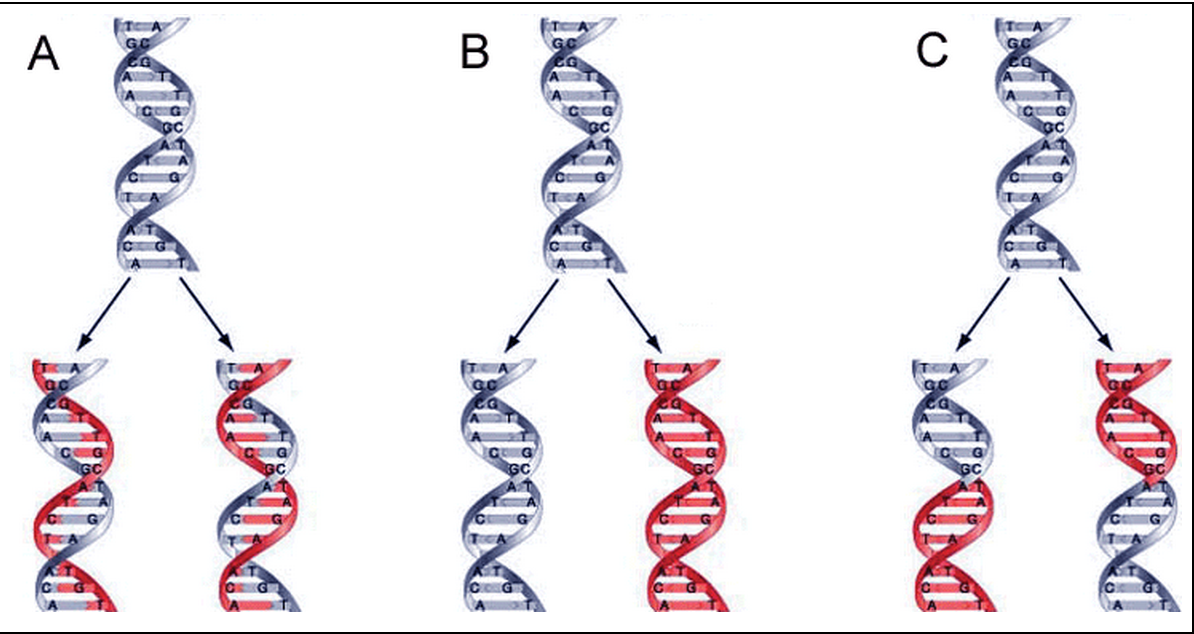



Solved This Image Depicts The Three Alternative Models Fo Chegg Com




Replication Of Dna Notes Videos Qa And Tests Grade 12 Biology Genetics Kullabs
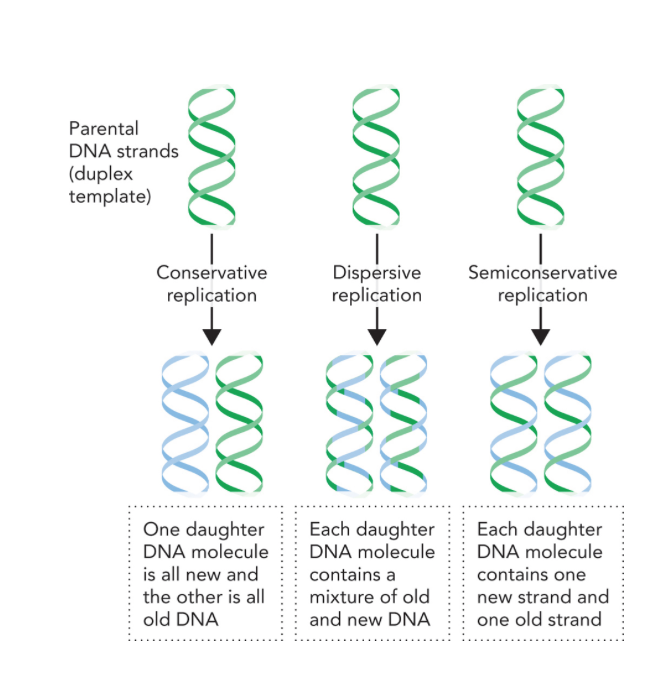



Solved Which Model Of Dna Replication Would Require Nucle Chegg Com




1 Dna Replication Models Pj Russell Igenetics 3rd Ed 10 Download Scientific Diagram
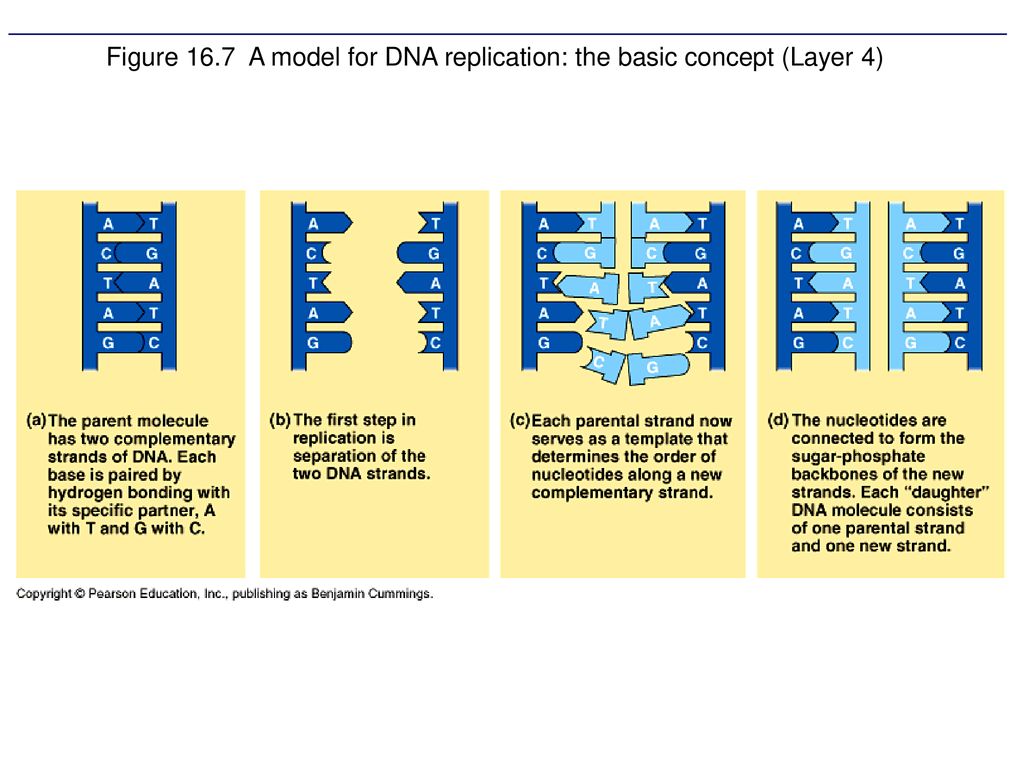



Figure 16 7 A Model For Dna Replication The Basic Concept Layer 4 Ppt Download



Dna Replication Lab Biology Junction
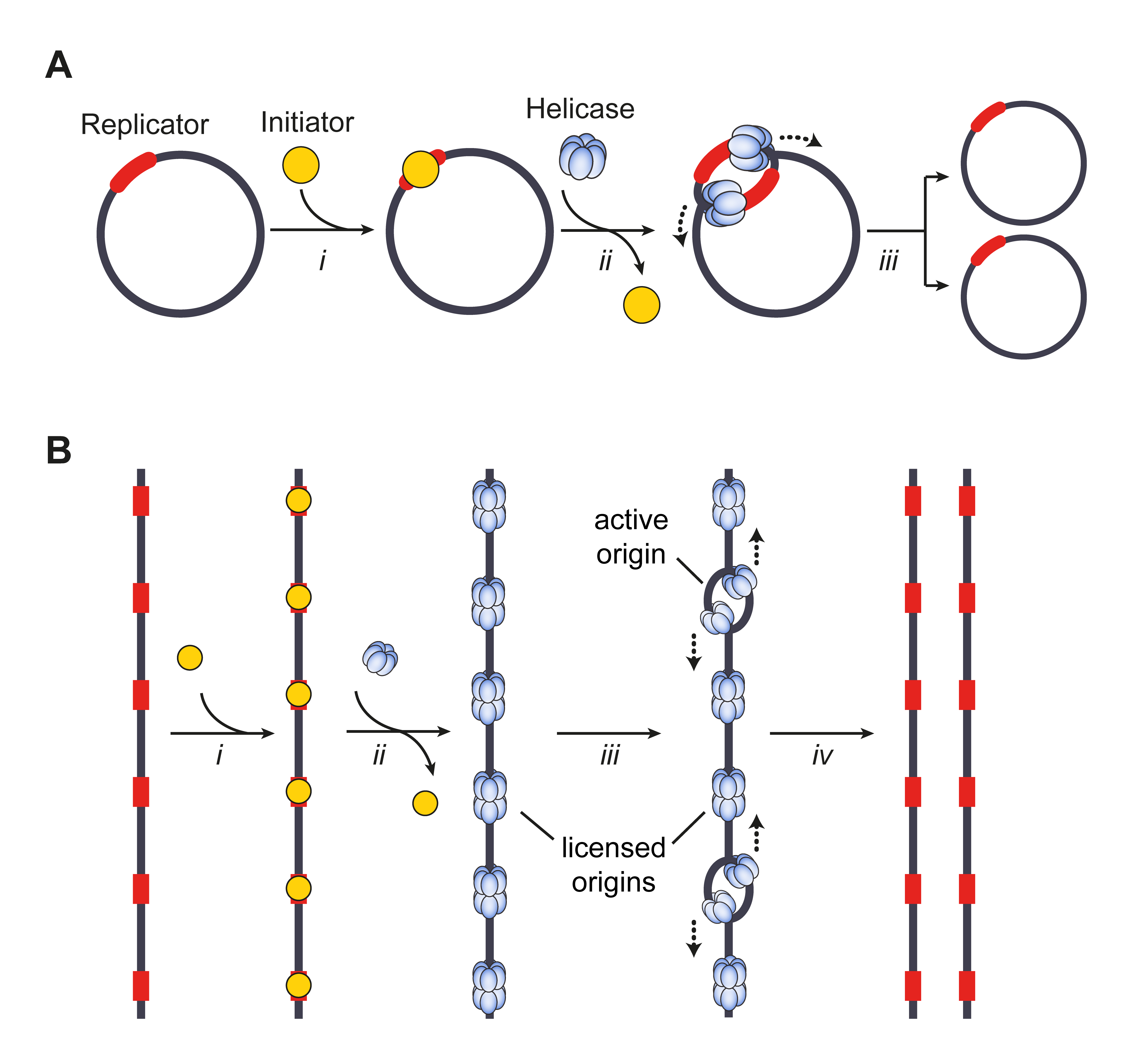



Origin Of Replication Wikipedia
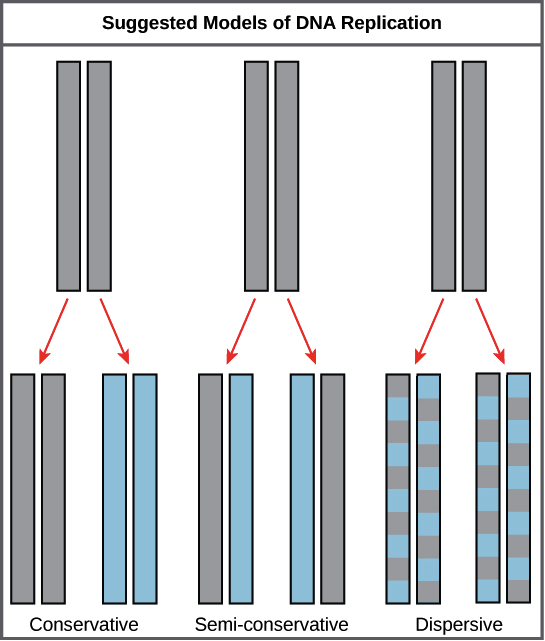



Mode Of Dna Replication Meselson Stahl Experiment Article Khan Academy




Eukaryotic Dna Replication Model Download Scientific Diagram




The Replication Of Dna In Escherichia Coli Pnas




What Is Dna Replication Conservative Semi Conservative Dispersive Models Video Lesson Transcript Study Com




Basics Of Dna Replication Biology For Majors I




A Stochastic Hybrid Model For Dna Replication Incorporating Protein Mobility Dynamics Biorxiv




How Is Dna Replicated Mbinfo




Central Dogma Home Facebook




Conservation Of Genetic Material Dna Replication Expii
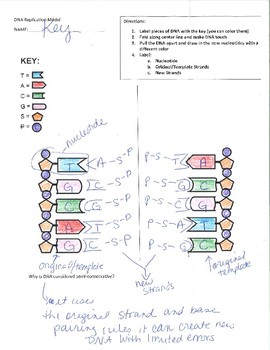



Dna Replication Folding Model W Key By Science Is A Click Away Tpt
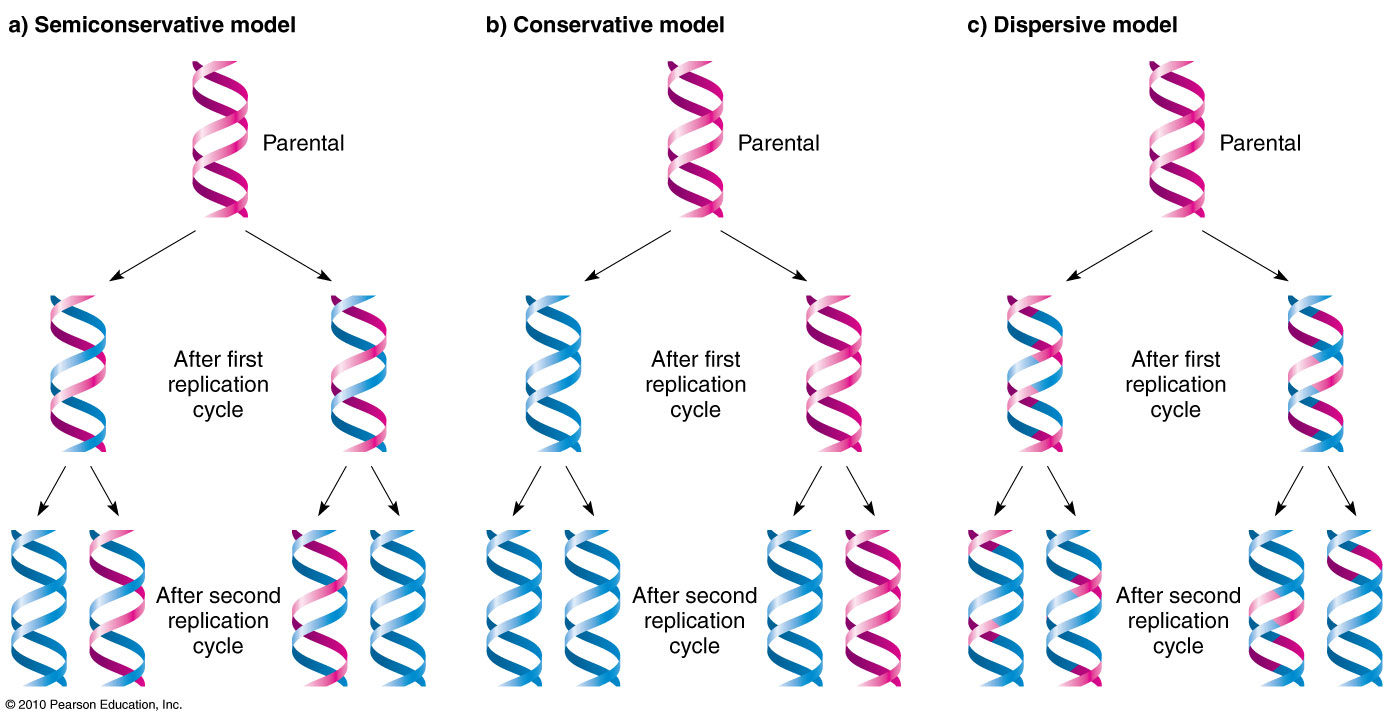



Modes Of Dna Replication
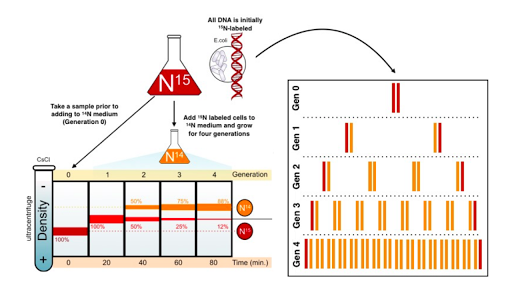



Mode Of Dna Replication Meselson Stahl Experiment Article Khan Academy



9 2 Dna Replication Concepts Of Biology 1st Canadian Edition
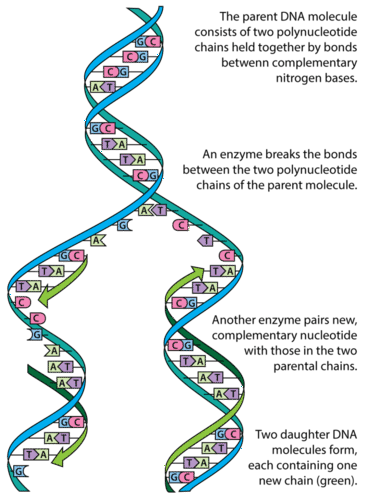



Dna Replication Advanced Ck 12 Foundation
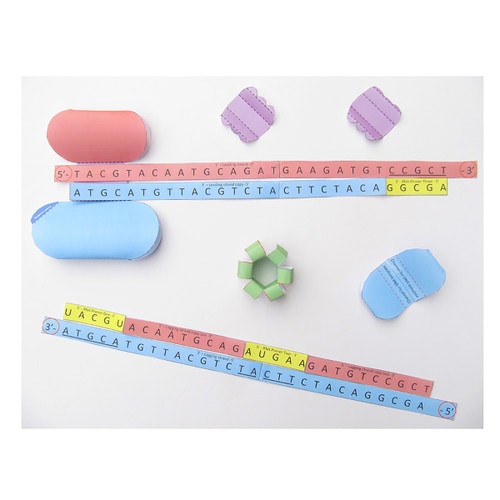



Evt 023 Dna Replication Model



Activity 2 Dna Replication




Alternative Models Of Dna Replication Fig 3 1 Ppt Video Online Download
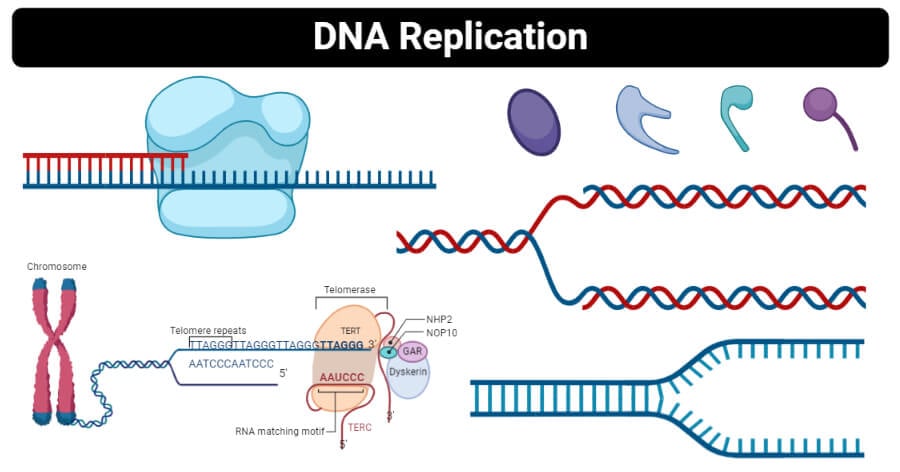



Dna Replication Definition Enzymes Steps Mechanism Diagram
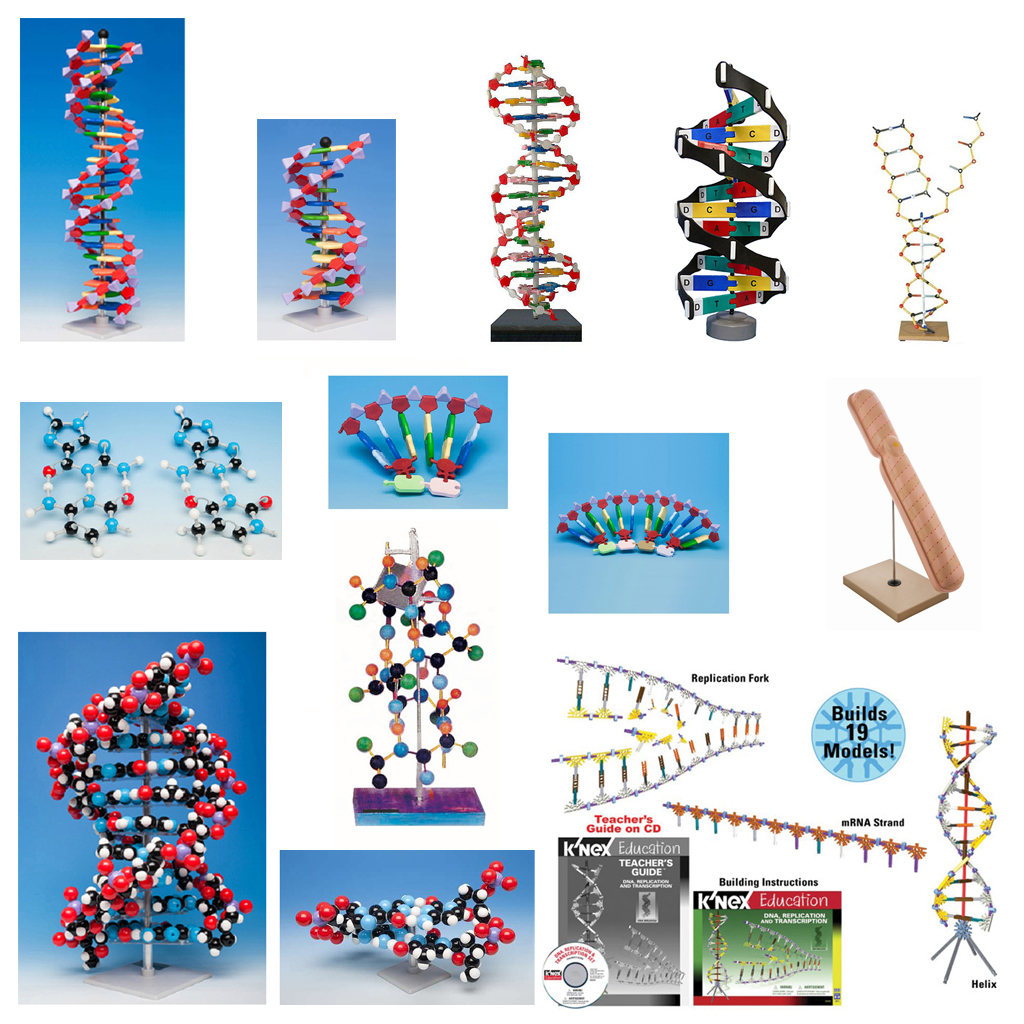



Models Dna Rna Range Of 13x Models Perfect For Scientific Use Crescendo




Timing Coordination And Rhythm Acrobatics At The Dna Replication Fork Journal Of Biological Chemistry
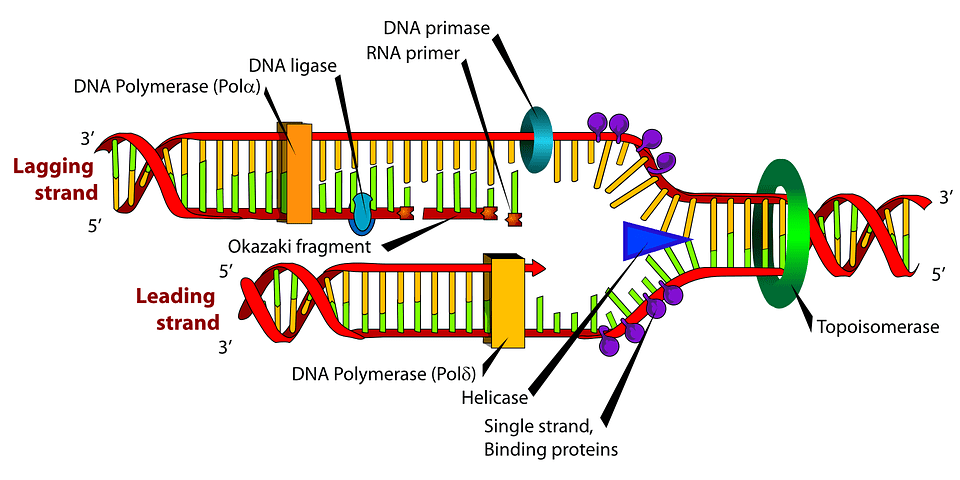



Models Of Dna Replication Notes With Definition Diagram Readbiology Com




Dna As The Molecule Of Heredity Part A




Dna Replication A Level Akw




Sixty Year Old Question On Dna Replication Timing Sequence Answered




Dna Replication Molecular Genetics




Model Of Dna Replication Control By Rif1 Pp1 In Normal Cells Left Download Scientific Diagram
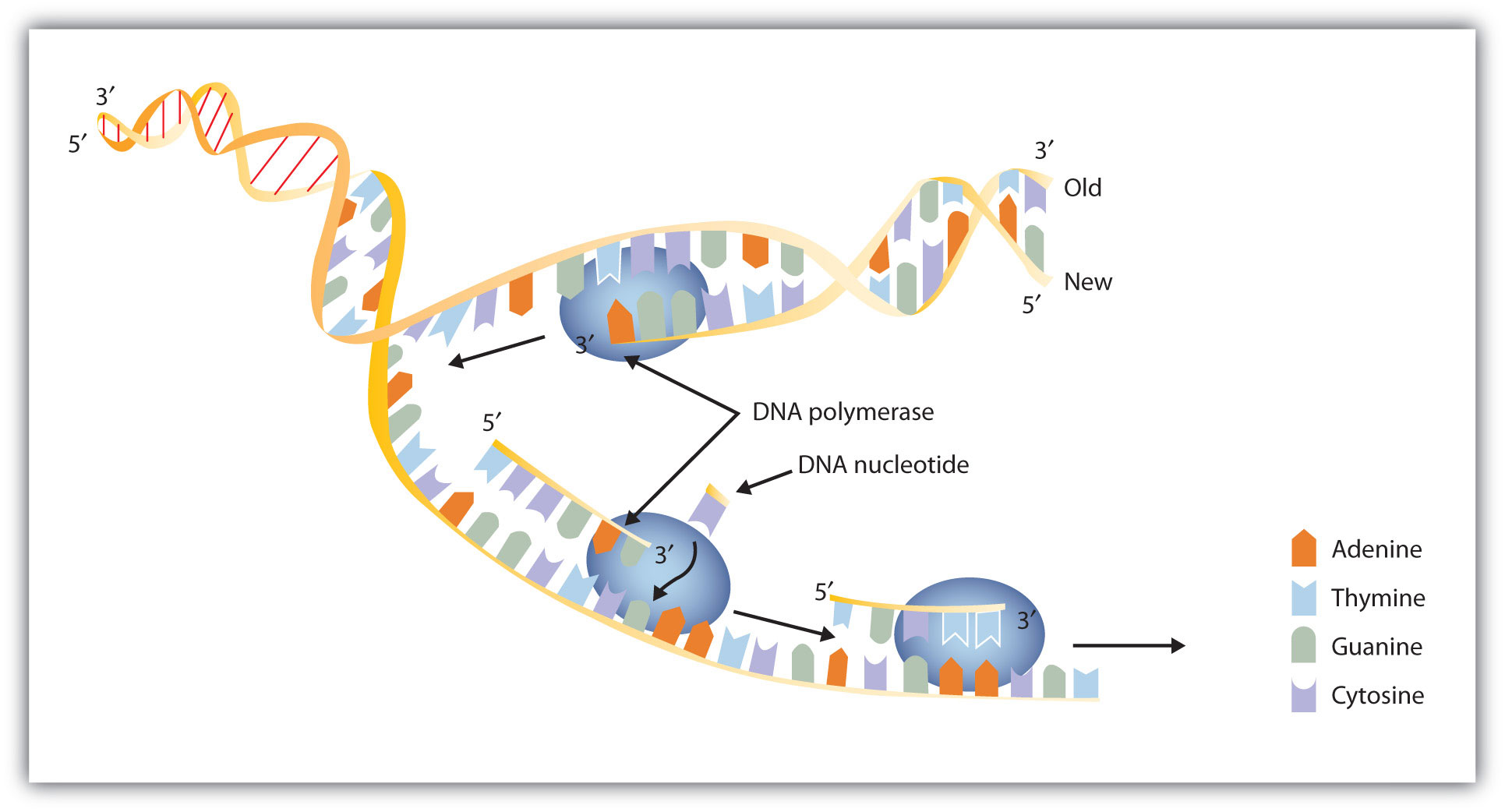



Replication And Expression Of Genetic Information




How Dna Replicates Genetics How Dna Replicates




Dna Replication Damage Tolerance At The Assembly Line Trends In Biochemical Sciences




Eukaryotic Dna Replication A Model For A Fixed Double Replisome Trends In Genetics




Rolling Circle Model Of Dna Replication




Modeling Dna Replication By Kelly Riedell Ppt Download
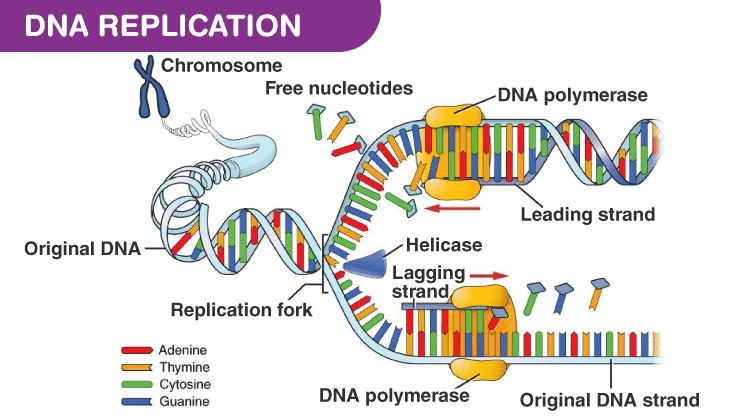



Dna Replication Prokaryotic Eukaryotic Dna Replication




Dna Replication




Dna Replication Zipper Model Youtube



Modes Of Replication
/DNA_replication_elongation2-e38fc92e8ad74586bfe0443d7490d3ce.jpg)



Dna Replication Steps And Process




Broad Course Objectives For Dna Replication Students Will




Dna Replication Recombination Chapter 12 Flashcards Quizlet
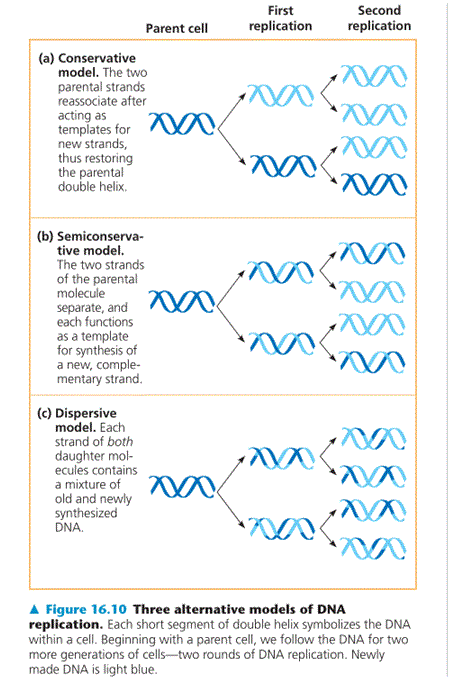



Biology August 12




What Is Dna Replication Conservative Semi Conservative Dispersive Models Video Lesson Transcript Study Com




A Overview Of The Dna Replication Model Simulations Of The Dna Download Scientific Diagram




Replisome Wikipedia
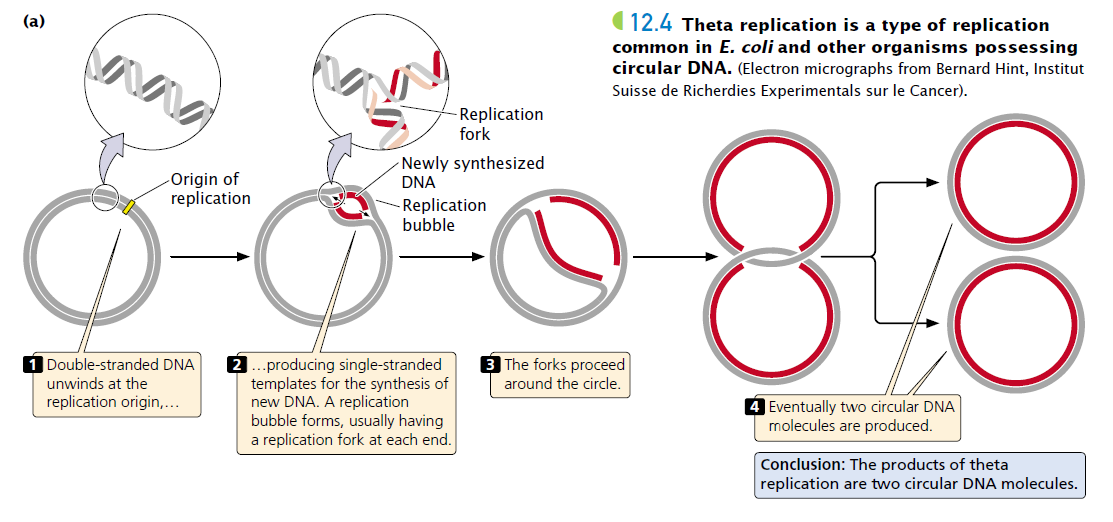



Replication In Circular Dna Theta Model Plantlet




What Is Dna Replication Facts Yourgenome Org




7 2 Semi Conservative Dna Replication Biology Libretexts



Dna Replication
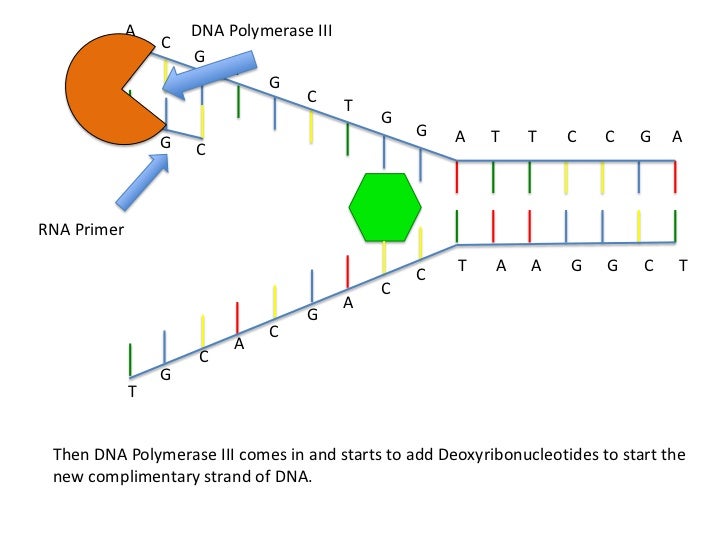



Dr Jekyll And Mr Hyde Dna Replication Model




Dna Replication Wikipedia




Dna Replication Guided Learning Activity In Print And Digital Dna Replication Biology Experiments Dna
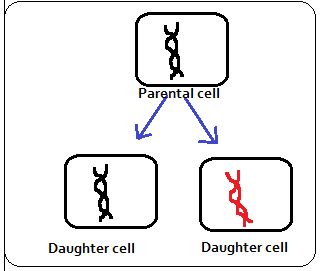



Semiconservative Model Of Dna Replication Competitors Point
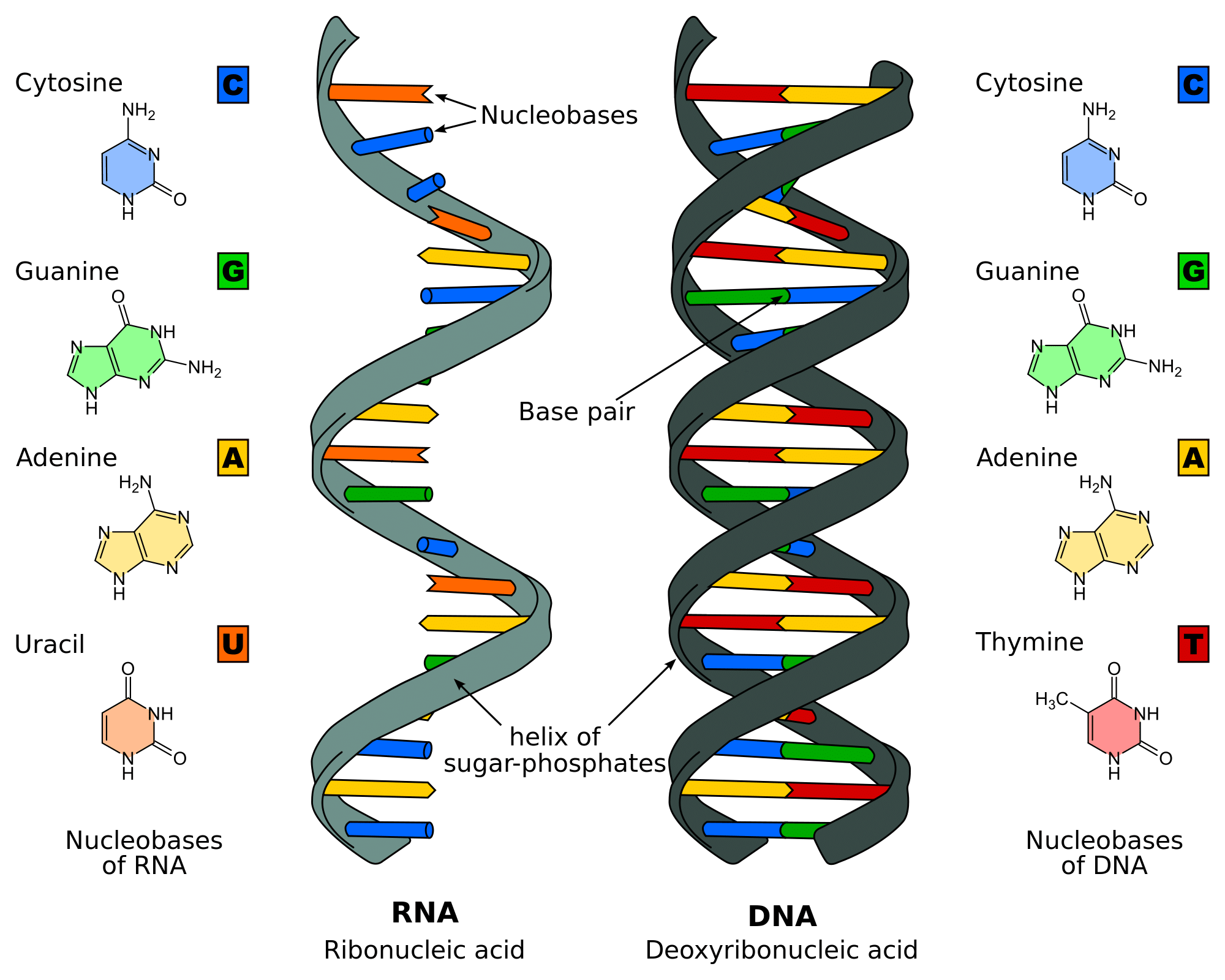



Dna Replication Structure Stages Of Replication Teachmephyiology




Dna Replication Wikipedia




Basics Of Dna Replication Biology For Majors I



Dna Replication In Cells



Dna Replication Project Based Model Approach




Dna Replication 3d Model Tinkercad



Mathematical Modelling Of Dna Replication Reveals A Trade Off Between Coherence Of Origin Activation And Robustness Against Rereplication




Dna Replication Model Youtube




Watson Crick Model For Dna Replication Is Given Below Identify The Mode Of Replication By Selecting Youtube



Possible Models For Dna Replication
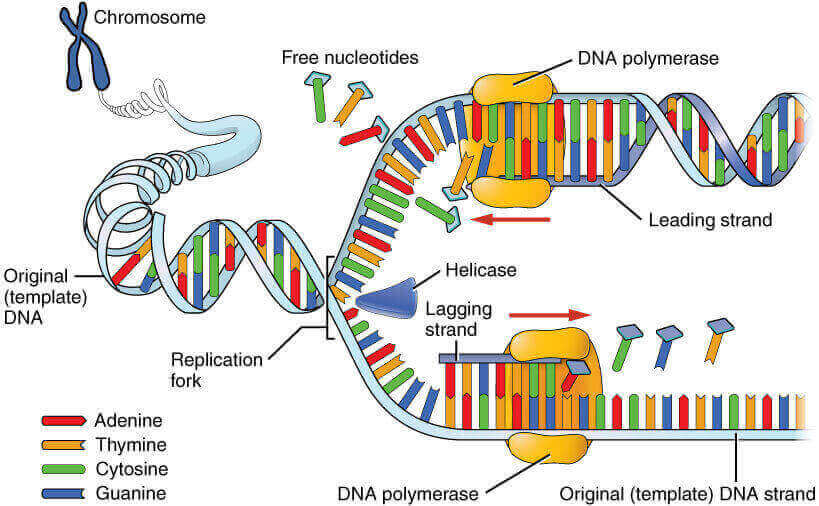



Dna Replication Explained With Zipper Model Epomedicine




The Semi Conservative Model Of Dna Replication Question Biology Stack Exchange



0 件のコメント:
コメントを投稿